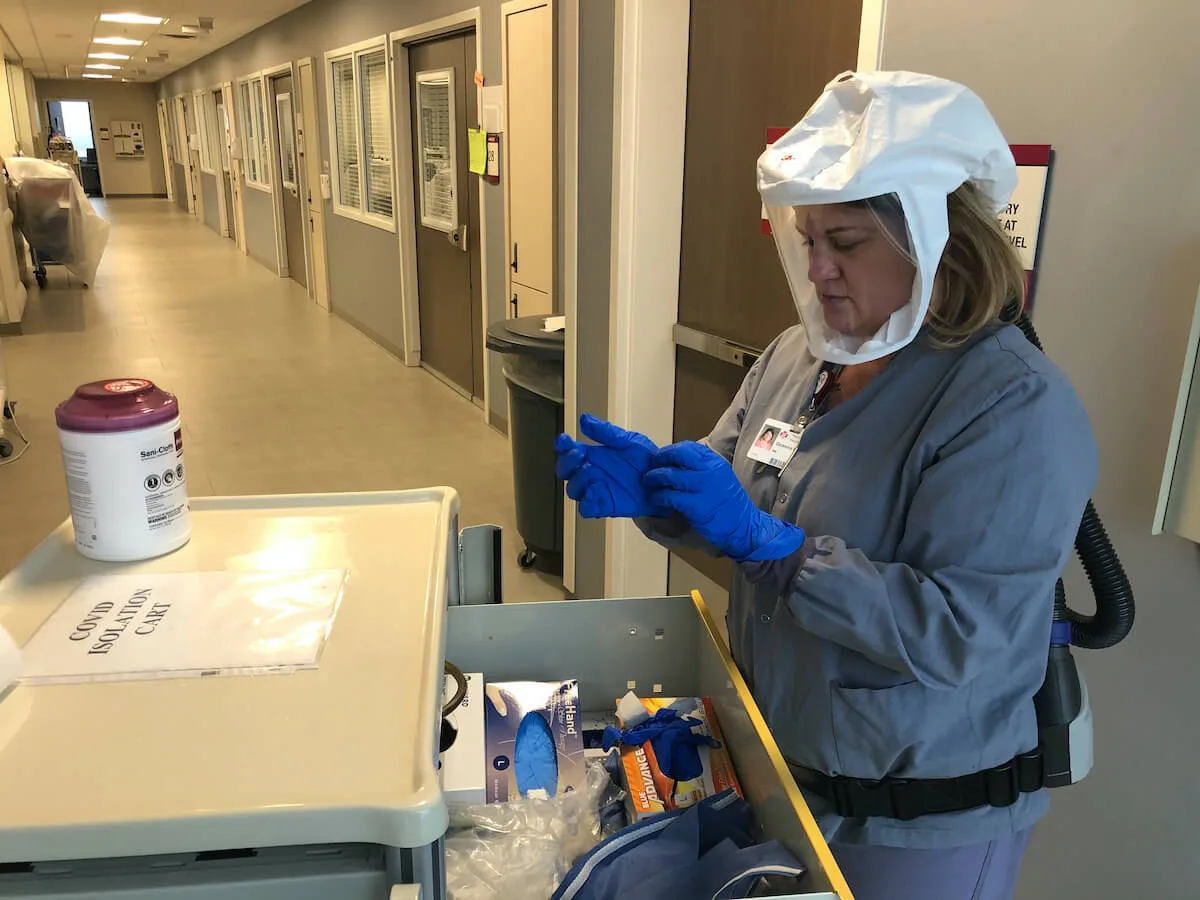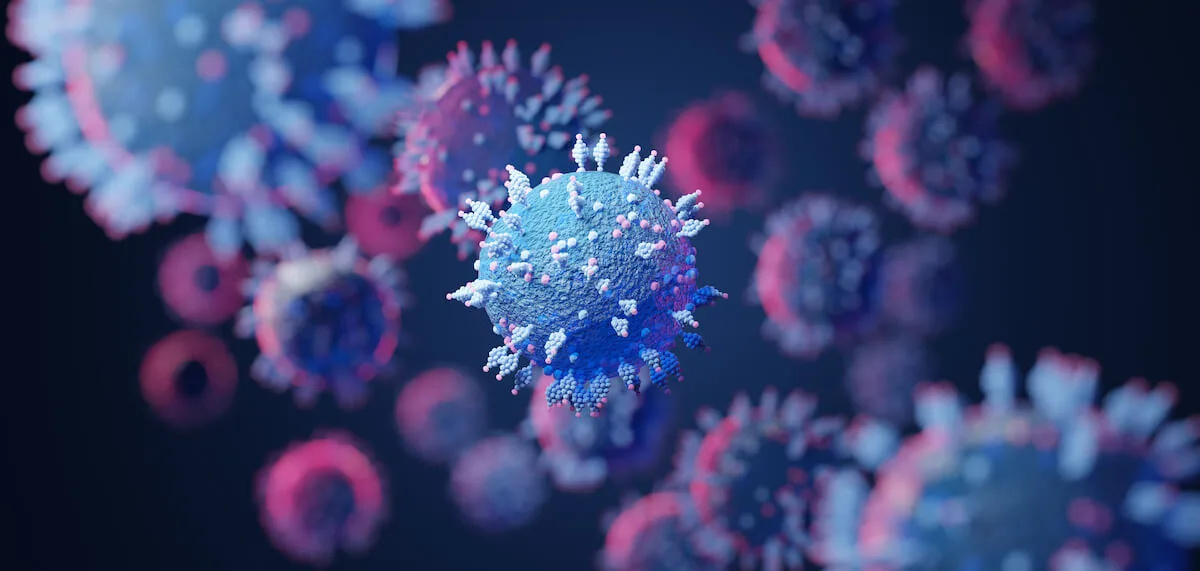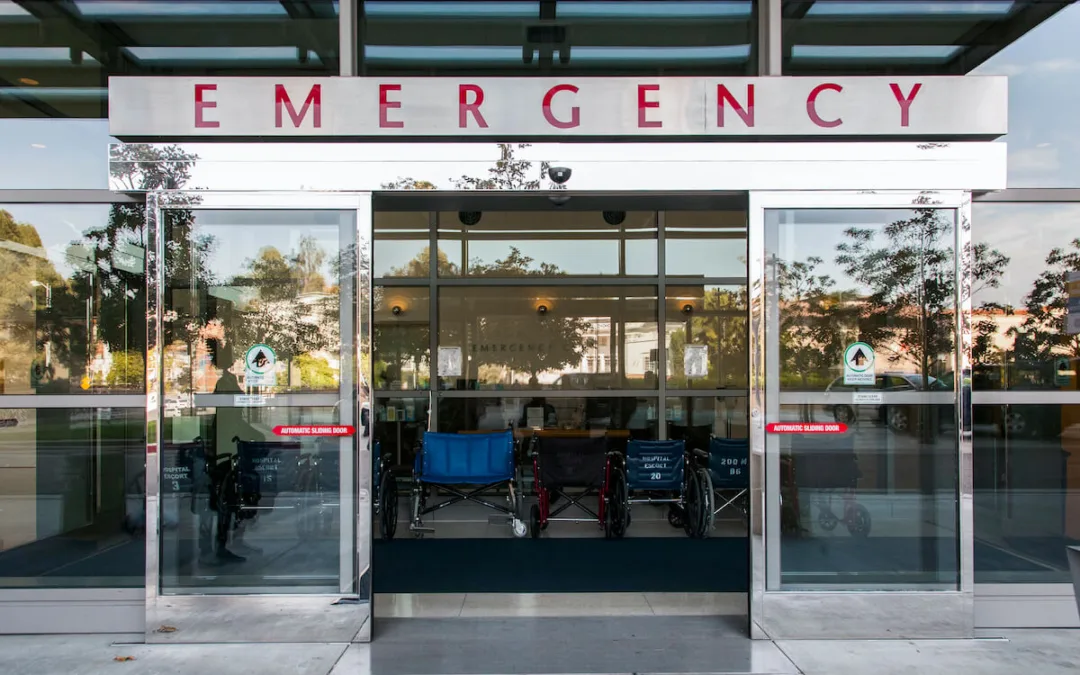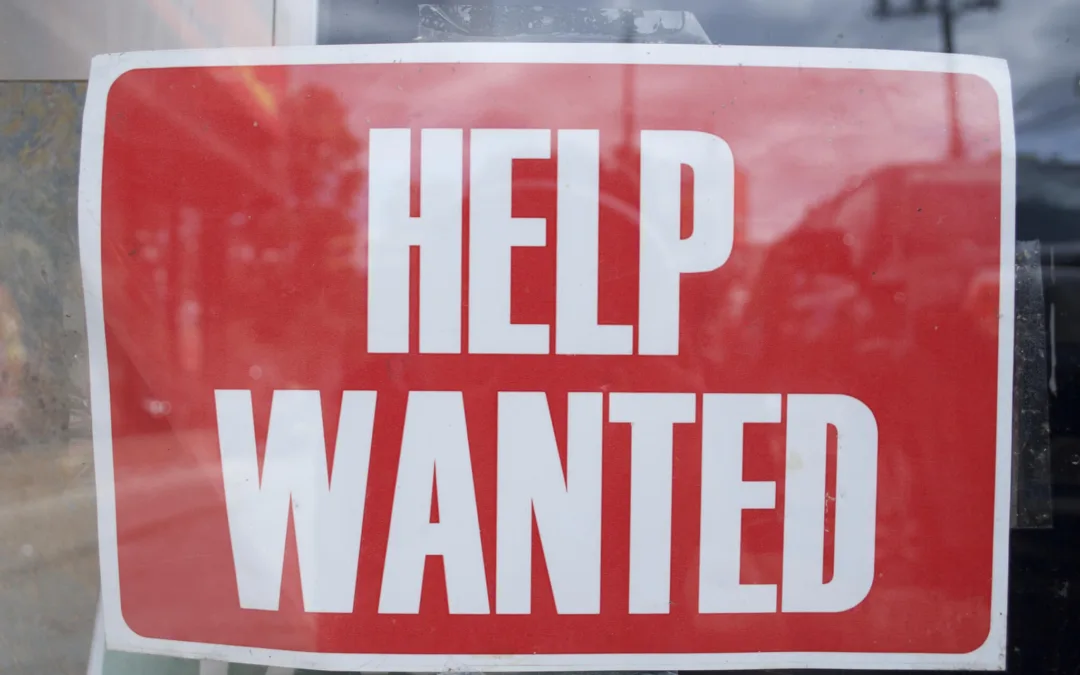
#image_title
#image_title
Promising treatment will need to be rationed at first, as supply will not meet the demand.
Hospitals across Wisconsin are now in possession of roughly 6,100 doses of an experimental coronavirus drug that is showing a decreased rate of hospitalizations for high-risk patients who receive it soon after testing positive and before they would need to be hospitalized.
The intravenous drug therapy, bamlanivimab, was granted federal emergency use authorization on Nov. 10. A spokesperson with the state Department of Health Services confirmed Thursday that Wisconsin is receiving weekly shipments of the drug, with 4,260 doses arriving the week of Nov. 11 and another 1,860 arriving this week.
Individual healthcare systems are in the process of determining when they will be ready to start giving the drug to COVID-positive patients.
To be eligible for the drug, a person has to have recently tested positive for COVID-19, is experiencing mild to moderate symptoms, and is considered at high risk of their symptoms escalating to severe symptoms that would necessitate hospitalization.
Patients who are COVID-positive and already hospitalized and anyone who uses supplemental oxygen are not eligible for the drug therapy treatment.
A high-risk patient is classified as someone 65 years of age or older; someone who is 55 years of age and older and also has heart disease, high blood pressure, or respiratory disease; and those between the ages of 12 and 17 who also have asthma, sickle cell disease, a congenital or acquired heart disease, obesity, a neurodevelopmental disorder such as cerebral palsy, or a medical-dependent technological dependence like a tracheostomy.
“It doesn’t cure you or prevent mortality [death],” said Philip Trapskin, speaking on behalf of the state’s Pharmacy Examining Board, of which he is chair. “The benefit it has shown is to reduce hospitalizations.”
Federal approval of the drug comes as hospitalization rates are exploding in Wisconsin. Currently, more than 2,100 coronavirus patients are hospitalized in Wisconsin, with 427 of those patients receiving care in intensive care units. According to the Wisconsin Hospital Association, there are 175 ICU beds remaining in Wisconsin. In certain regions of the state there are only a handful.
Mayo Clinic’s five hospitals in the northwest region of Wisconsin announced late last week they were at 100% capacity, with more than 300 nurses and medical staff quarantined, and the Children’s Hospital is now accepting adult patients to assist with overflow from nearby Milwaukee-area hospitals.
In a letter to providers dated Nov. 12, Dr. Ryan Westergaard, chief medical officer with DHS, said due to the ongoing surge of COVID-19 disease activity in Wisconsin, and the limited supply of bamlanivimab nationally, the number of patients meeting criteria will “greatly exceed the number of available doses for the foreseeable future.”
“Rationing decisions are therefore necessary at the federal, state, and health system level, to ensure that the drug is distributed in a way that is equitable and leads to maximum public health impact,” Westergaard said.
Trapskin, who is also program director for medication use strategy and innovation with UW Health in Madison, said the UW received 60 doses Wednesday. It is already facing what Trapskin calls an “ethical dilemma” over who will receive it.
“There won’t be enough to go around,” Trapskin said. “We don’t want to disenfranchise people that might not have a primary care provider or insurance. They have every right to the medication as others.”
Westergaard said the drug is being distributed at no cost to the hospitals, and patients should not be charged for the medication. He added patients may be billed for the infusion process and monitoring. The drug is a one-time dose that is given to patients intravenously. The infusion takes about an hour and then patients will be monitored for 30 to 60 minutes for adverse reactions.
Like the drug itself, out-patient infusion sites to administer the drug also are in short supply.
“There is a shortage of infusion spaces in general,” Trapskin said. “And now we are adding another wrinkle to that equation by bringing people who are COVID-positive into a clinical area.”
Trapskin said healthcare systems are considering several options for rationing the drug, everything from first come, first served, to creating a toll-free number for people to call who meet the criteria, , to throwing the names of eligible patients inside a hopper and picking some out. Still others suggest a more weighted system that distributes the drug to communities that have been disproportionately impacted by the virus.
“One of the struggles we are having is how do we get a list of all the people who want it,” Trapskin said. “But once we have that, the next question is how do we figure out how to fairly distribute it if we don’t have enough.”
Bamlanivimab is a monoclonal antibody that attaches to the coronavirus. A placebo-controlled study published Oct. 28 found that the percentage of patients who required hospitalization or a visit to an emergency department after receiving the antibody was 1.6%, versus the placebo group, which was slightly more than 6%.
Politics

Biden administration bans noncompete clauses for workers
The Federal Trade Commission (FTC) voted on Tuesday to ban noncompete agreements—those pesky clauses that employers often force their workers to...

Opinion: Trump, GOP fail January 6 truth test
In this op-ed, Milwaukee resident Terry Hansen reflects on the events that took place on January 6, the response from Trump and other GOP members,...
Local News

Readers Poll: Top Bowling Alleys in Wisconsin
Looking for the best bowling in Wisconsin? Look no further! Our readers have spoken in our recent poll, and we have the inside scoop on the top...

8 Wisconsin restaurants Top Chef judges are raving about
Top Chef’s 21st season is all about Wisconsin, and on-screen, it’s already apparent that the judges feel right at home here. But, while filming in...




